The CHR 0805 non-magnetic resistor series from SRT Resistor Technology offers a wide resistance range from 1Ω up to 10MΩ, power rating of 0.125W and voltage rating of 100V trimmed or 200V untrimmed (tolerances ≥5%), all in a small 0805 surface mount package. By utilising SRT’s thick film resistor technology, they are able to offer low tolerances down to ±0.5% (between 100Ω and 1MΩ) aand TCR as low as ±50 ppm/°C (between +25°C and +85°C). The CHR 0805 resistor series contains no organics making them suitable for high vacuum applications and offer PtAg (platinum silver) terminations for conductive gluing and soldering.
Zero ohm jumper option available with a resistance value of less than 0.05Ω.
The CHR non-magnetic resistor series is also available with an extended high temperature range version (up to +300°C). Please see the separate CHR-HT product pages for further information.
Custom tolerance, TCR and VCR options are available upon request. Please contact us for further information and availability.
The below table gives full specifications for each resistor model available including the CHR 0805 series:
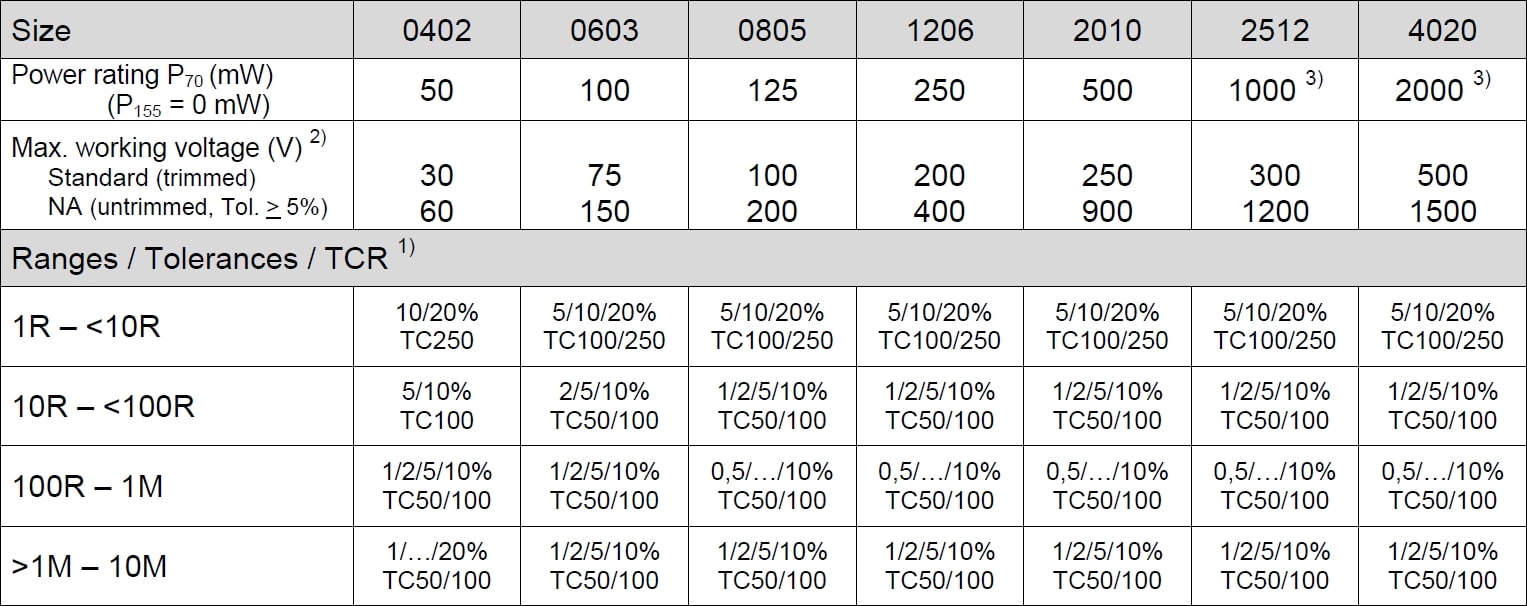
| Weight | 0.00000 kg |
|---|---|
| Dimensions | 0.40 x 1.25 x 2.00mm |
| Maximum Resistance | 10MΩ |
| Minimum Resistance | 1Ω |
| Package / Size | |
| Power Rating | |
| Product Type | |
| Resistance Value | Custom (1Ω – 10Ω), Custom (10Ω – 100Ω), Custom (100Ω – 1MΩ), Custom (1MΩ – 10MΩ) |
| Series / Model | |
| Temperature Coefficient | |
| Temperature Range (°C) | -55 to +155°C |
| Termination / Connection | PtAg |
| Tolerance |
| SKU | Resistance Value | Temperature Coefficient | Tolerance |
|---|---|---|---|
| SRT CHR 0805 Series | Custom (100Ω - 1MΩ) | ±100 ppm/°C | ±0.5% |
| SRT CHR 0805 Series | Custom (100Ω - 1MΩ) | ±50 ppm/°C | ±0.5% |
| SRT CHR 0805 Series | Custom (100Ω - 1MΩ) | ±100 ppm/°C | ±1% |
| SRT CHR 0805 Series | Custom (100Ω - 1MΩ) | ±50 ppm/°C | ±1% |
| SRT CHR 0805 Series | Custom (100Ω - 1MΩ) | ±100 ppm/°C | ±10% |
| SRT CHR 0805 Series | Custom (100Ω - 1MΩ) | ±50 ppm/°C | ±10% |
| SRT CHR 0805 Series | Custom (100Ω - 1MΩ) | ±100 ppm/°C | ±2% |
| SRT CHR 0805 Series | Custom (100Ω - 1MΩ) | ±50 ppm/°C | ±2% |
| SRT CHR 0805 Series | Custom (100Ω - 1MΩ) | ±100 ppm/°C | ±5% |
| SRT CHR 0805 Series | Custom (100Ω - 1MΩ) | ±50 ppm/°C | ±5% |
| SRT CHR 0805 Series | Custom (10Ω - 100Ω) | ±100 ppm/°C | ±1% |
| SRT CHR 0805 Series | Custom (10Ω - 100Ω) | ±50 ppm/°C | ±1% |
| SRT CHR 0805 Series | Custom (10Ω - 100Ω) | ±100 ppm/°C | ±10% |
| SRT CHR 0805 Series | Custom (10Ω - 100Ω) | ±50 ppm/°C | ±10% |
| SRT CHR 0805 Series | Custom (10Ω - 100Ω) | ±100 ppm/°C | ±2% |
| SRT CHR 0805 Series | Custom (10Ω - 100Ω) | ±50 ppm/°C | ±2% |
| SRT CHR 0805 Series | Custom (10Ω - 100Ω) | ±100 ppm/°C | ±5% |
| SRT CHR 0805 Series | Custom (10Ω - 100Ω) | ±50 ppm/°C | ±5% |
| SRT CHR 0805 Series | Custom (1MΩ - 10MΩ) | ±100 ppm/°C | ±1% |
| SRT CHR 0805 Series | Custom (1MΩ - 10MΩ) | ±50 ppm/°C | ±1% |
| SRT CHR 0805 Series | Custom (1MΩ - 10MΩ) | ±100 ppm/°C | ±10% |
| SRT CHR 0805 Series | Custom (1MΩ - 10MΩ) | ±50 ppm/°C | ±10% |
| SRT CHR 0805 Series | Custom (1MΩ - 10MΩ) | ±100 ppm/°C | ±2% |
| SRT CHR 0805 Series | Custom (1MΩ - 10MΩ) | ±50 ppm/°C | ±2% |
| SRT CHR 0805 Series | Custom (1MΩ - 10MΩ) | ±100 ppm/°C | ±5% |
| SRT CHR 0805 Series | Custom (1MΩ - 10MΩ) | ±50 ppm/°C | ±5% |
| SRT CHR 0805 Series | Custom (1Ω - 10Ω) | ±100 ppm/°C | ±10% |
| SRT CHR 0805 Series | Custom (1Ω - 10Ω) | ±250 ppm/°C | ±10% |
| Product name | Product Type | Product Type | Product Type | Product Type | Product Type | Product Type | Product Type | ||
|---|---|---|---|---|---|---|---|---|---|
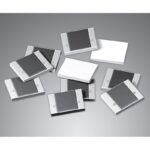 | Caddock CHR2520FC Series | View Product | |||||||
 | SRT CHR 0402 | Thick Film, Non-Magnetic, Resistor | Thick Film, Non-Magnetic, Resistor | Thick Film, Non-Magnetic, Resistor | Thick Film, Non-Magnetic, Resistor | Thick Film, Non-Magnetic, Resistor | Thick Film, Non-Magnetic, Resistor | Thick Film, Non-Magnetic, Resistor | View Product |
 | SRT CHR 0402-HT | High Temperature, Thick Film, Non-Magnetic, Resistor | High Temperature, Thick Film, Non-Magnetic, Resistor | High Temperature, Thick Film, Non-Magnetic, Resistor | High Temperature, Thick Film, Non-Magnetic, Resistor | High Temperature, Thick Film, Non-Magnetic, Resistor | High Temperature, Thick Film, Non-Magnetic, Resistor | High Temperature, Thick Film, Non-Magnetic, Resistor | View Product |
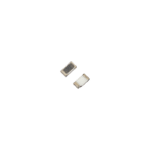 | SRT CHR 0603 | Thick Film, Non-Magnetic, Resistor | Thick Film, Non-Magnetic, Resistor | Thick Film, Non-Magnetic, Resistor | Thick Film, Non-Magnetic, Resistor | Thick Film, Non-Magnetic, Resistor | Thick Film, Non-Magnetic, Resistor | Thick Film, Non-Magnetic, Resistor | View Product |
 | SRT CHR 0603-HT | High Temperature, Thick Film, Non-Magnetic, Resistor | High Temperature, Thick Film, Non-Magnetic, Resistor | High Temperature, Thick Film, Non-Magnetic, Resistor | High Temperature, Thick Film, Non-Magnetic, Resistor | High Temperature, Thick Film, Non-Magnetic, Resistor | High Temperature, Thick Film, Non-Magnetic, Resistor | High Temperature, Thick Film, Non-Magnetic, Resistor | View Product |
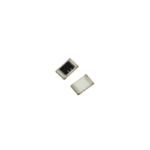 | SRT CHR 0805 | Thick Film, Non-Magnetic, Resistor | Thick Film, Non-Magnetic, Resistor | Thick Film, Non-Magnetic, Resistor | Thick Film, Non-Magnetic, Resistor | Thick Film, Non-Magnetic, Resistor | Thick Film, Non-Magnetic, Resistor | Thick Film, Non-Magnetic, Resistor | View Product |
 | SRT CHR 0805-HT | High Temperature, Thick Film, Non-Magnetic, Resistor | High Temperature, Thick Film, Non-Magnetic, Resistor | High Temperature, Thick Film, Non-Magnetic, Resistor | High Temperature, Thick Film, Non-Magnetic, Resistor | High Temperature, Thick Film, Non-Magnetic, Resistor | High Temperature, Thick Film, Non-Magnetic, Resistor | High Temperature, Thick Film, Non-Magnetic, Resistor | View Product |
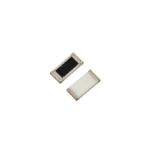
| SRT CHR 1206 | Thick Film, Non-Magnetic, Resistor | Thick Film, Non-Magnetic, Resistor | Thick Film, Non-Magnetic, Resistor | Thick Film, Non-Magnetic, Resistor | Thick Film, Non-Magnetic, Resistor | Thick Film, Non-Magnetic, Resistor | Thick Film, Non-Magnetic, Resistor | View Product |

| SRT CHR 1206-HT | High Temperature, Thick Film, Non-Magnetic, Resistor | High Temperature, Thick Film, Non-Magnetic, Resistor | High Temperature, Thick Film, Non-Magnetic, Resistor | High Temperature, Thick Film, Non-Magnetic, Resistor | High Temperature, Thick Film, Non-Magnetic, Resistor | High Temperature, Thick Film, Non-Magnetic, Resistor | High Temperature, Thick Film, Non-Magnetic, Resistor | View Product |
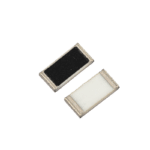
| SRT CHR 2010 | Thick Film, Non-Magnetic, Resistor | Thick Film, Non-Magnetic, Resistor | Thick Film, Non-Magnetic, Resistor | Thick Film, Non-Magnetic, Resistor | Thick Film, Non-Magnetic, Resistor | Thick Film, Non-Magnetic, Resistor | Thick Film, Non-Magnetic, Resistor | View Product |

| SRT CHR 2010-HT | High Temperature, Thick Film, Non-Magnetic, Resistor | High Temperature, Thick Film, Non-Magnetic, Resistor | High Temperature, Thick Film, Non-Magnetic, Resistor | High Temperature, Thick Film, Non-Magnetic, Resistor | High Temperature, Thick Film, Non-Magnetic, Resistor | High Temperature, Thick Film, Non-Magnetic, Resistor | High Temperature, Thick Film, Non-Magnetic, Resistor | View Product |
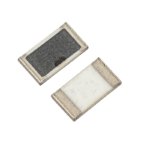
| SRT CHR 2512 | Thick Film, Non-Magnetic, Resistor | Thick Film, Non-Magnetic, Resistor | Thick Film, Non-Magnetic, Resistor | Thick Film, Non-Magnetic, Resistor | Thick Film, Non-Magnetic, Resistor | Thick Film, Non-Magnetic, Resistor | Thick Film, Non-Magnetic, Resistor | View Product |

| SRT CHR 2512-HT | High Temperature, Thick Film, Non-Magnetic, Resistor | High Temperature, Thick Film, Non-Magnetic, Resistor | High Temperature, Thick Film, Non-Magnetic, Resistor | High Temperature, Thick Film, Non-Magnetic, Resistor | High Temperature, Thick Film, Non-Magnetic, Resistor | High Temperature, Thick Film, Non-Magnetic, Resistor | High Temperature, Thick Film, Non-Magnetic, Resistor | View Product |
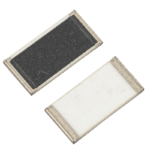
| SRT CHR 4020 | Thick Film, Non-Magnetic, Resistor | Thick Film, Non-Magnetic, Resistor | Thick Film, Non-Magnetic, Resistor | Thick Film, Non-Magnetic, Resistor | Thick Film, Non-Magnetic, Resistor | Thick Film, Non-Magnetic, Resistor | Thick Film, Non-Magnetic, Resistor | View Product |

| SRT CHR 4020-HT | High Temperature, Thick Film, Non-Magnetic, Resistor | High Temperature, Thick Film, Non-Magnetic, Resistor | High Temperature, Thick Film, Non-Magnetic, Resistor | High Temperature, Thick Film, Non-Magnetic, Resistor | High Temperature, Thick Film, Non-Magnetic, Resistor | High Temperature, Thick Film, Non-Magnetic, Resistor | High Temperature, Thick Film, Non-Magnetic, Resistor | View Product |
This product is available compliant to the RoHS EU directive 2011/65/EU, however, the following exemptions according to the RoHS annex are applicable:
We are pleased to provide you with a range of additional content including videos, product datasheets, case studies, white papers and application notes for your reference. Please see below for the latest content available:
| DOCUMENTATION | |
|---|---|
| SRT CHR high ohmic SMD chip resistor datasheet | |